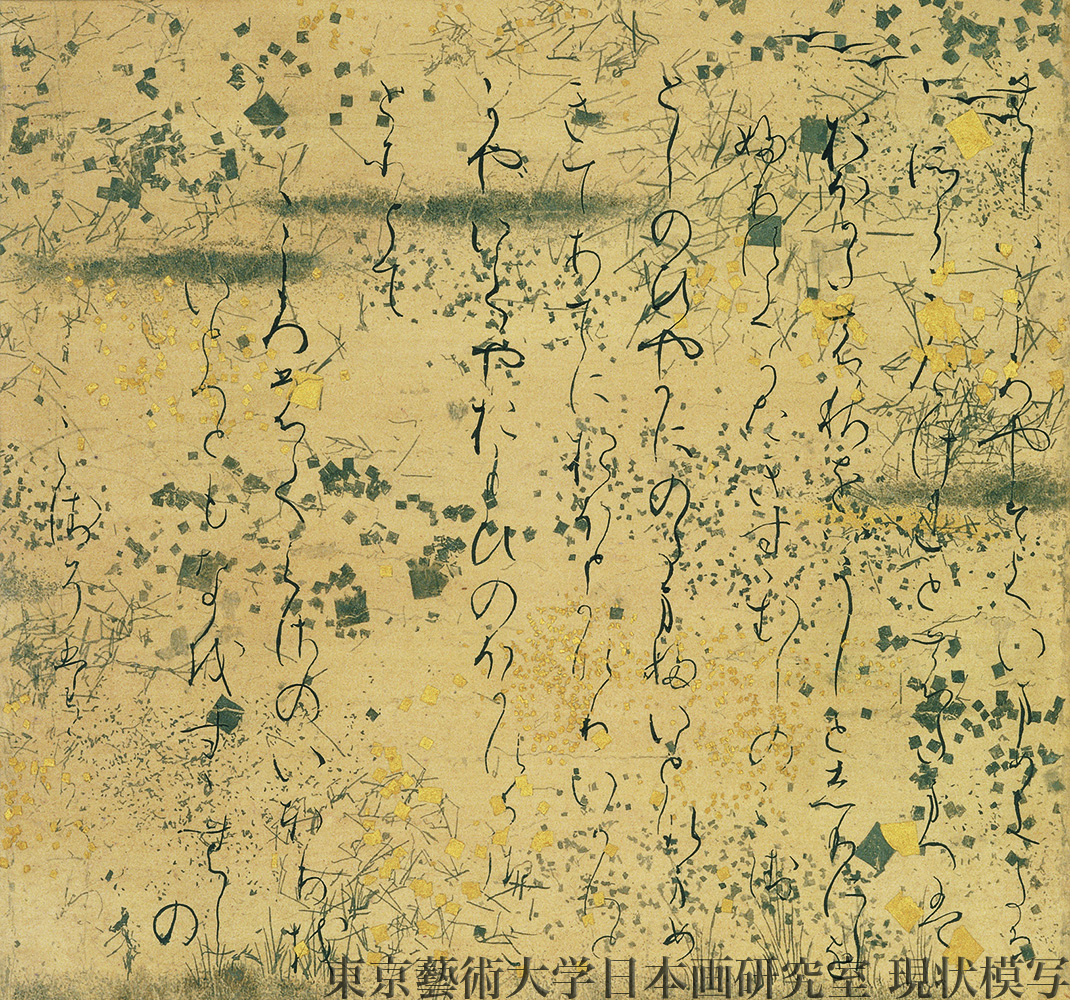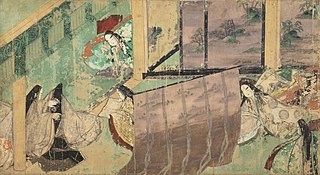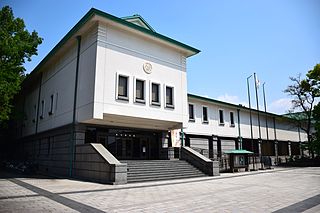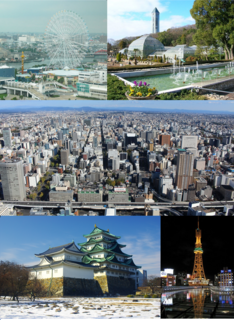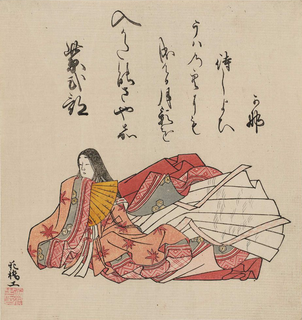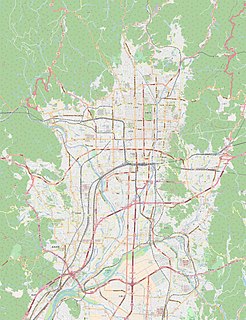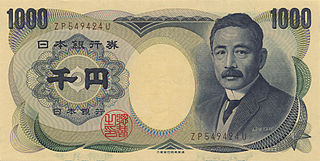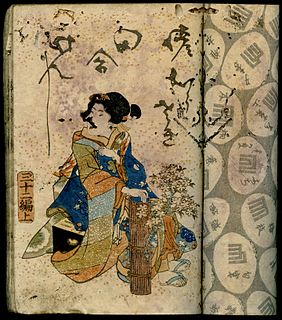Gotoh Museum from the garden side | |
| Established | 1960 |
|---|---|
| Location | 3-9-25 Kaminoge Setagaya Tokyo 158-8510 Japan |
| Coordinates | 35°36′44″N139°38′07″E / 35.612195°N 139.635294°E |
| Type | Art museum |
| Public transit access | Kami-noge Station |
| Website | www.gotoh-museum.or.jp |
The Gotoh Museum(五島美術館Gotō Bijutsukan) is a private museum in the Kaminoge district of Setagaya on the southwest periphery of Tokyo. It was opened in 1960, displaying the private collection of Keita Gotō, chairman of the Tokyu Group. Today's collection is centered on the original selection of classical Japanese and Chinese art such as paintings, writings, crafts and archaeological objects completed by a small selection of Korean arts. [1] It features several objects designated as National Treasures or Important Cultural Properties. The exhibition changes several times per year with special openings in spring and fall. A garden with a tea house, ponds and small Buddhist statues is attached to the museum.
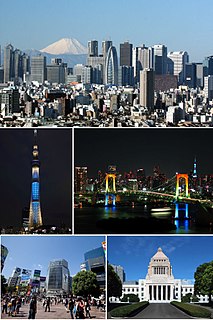
Tokyo, officially Tokyo Metropolis, one of the 47 prefectures of Japan, has served as the Japanese capital since 1869. As of 2018, the Greater Tokyo Area ranked as the most populous metropolitan area in the world. The urban area houses the seat of the Emperor of Japan, of the Japanese government and of the National Diet. Tokyo forms part of the Kantō region on the southeastern side of Japan's main island, Honshu, and includes the Izu Islands and Ogasawara Islands. Tokyo was formerly named Edo when Shōgun Tokugawa Ieyasu made the city his headquarters in 1603. It became the capital after Emperor Meiji moved his seat to the city from Kyoto in 1868; at that time Edo was renamed Tokyo. Tokyo Metropolis formed in 1943 from the merger of the former Tokyo Prefecture and the city of Tokyo. Tokyo is often referred to as a city but is officially known and governed as a "metropolitan prefecture", which differs from and combines elements of a city and a prefecture, a characteristic unique to Tokyo.
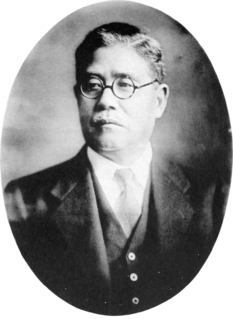
Keita Gotō was a Japanese businessman who built the Tokyu Group into one of the leading corporate groups in Japan.
The Tokyu Group of companies centers on the Tokyu Corporation railway company, which links Tokyo and its suburbs. Many companies in the group are designed to enhance the value of the Tokyu rail network. In addition to the railroad system, the group includes other companies in transportation, real-estate, retail, leisure, and cultural endeavors. Here is a partial list of companies in the Tokyu Group.



